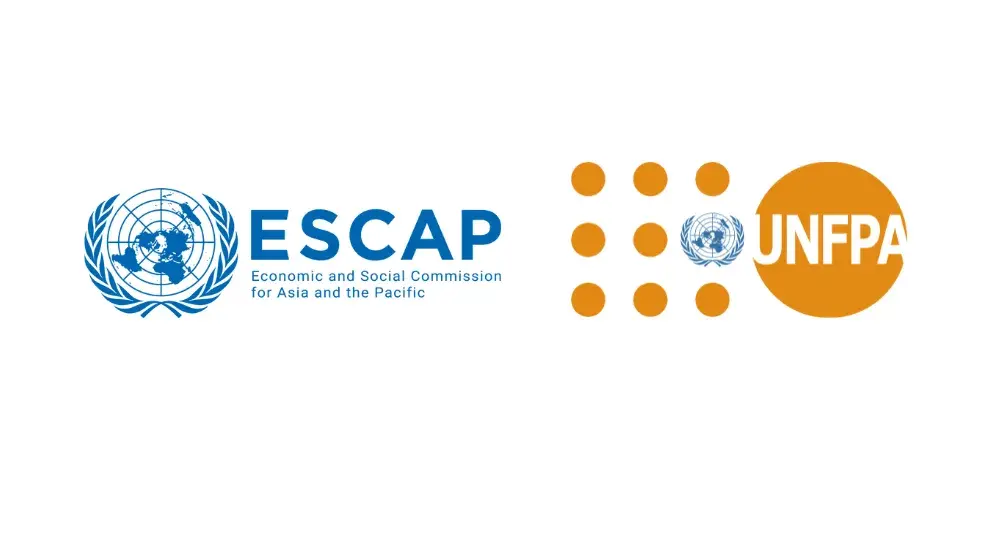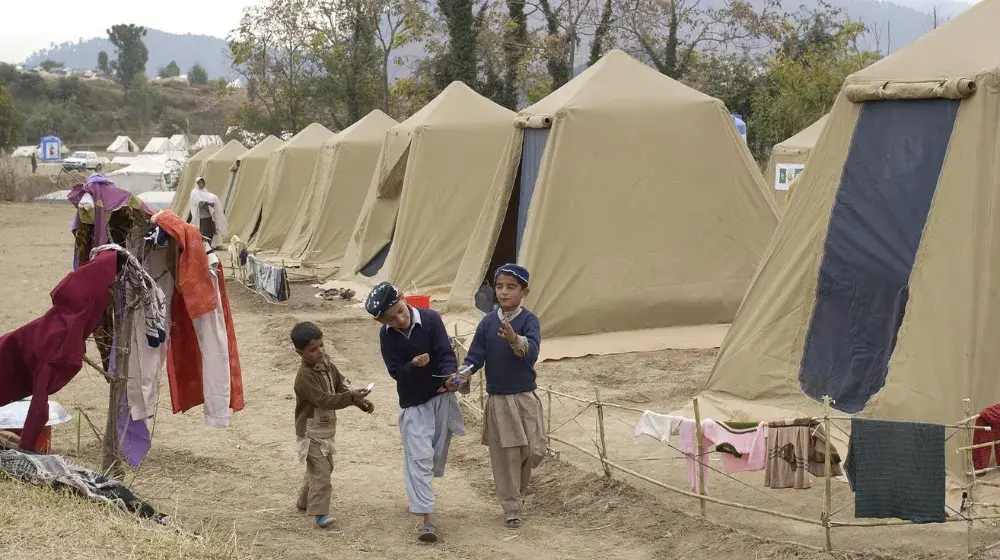ULAANBAATAR, Mongolia – Economic growth in Mongolia from 2000 to 2010 surpassed population growth, but poverty was not reduced, according to a new report by UNFPA, the United Nations Population Fund.
The new publication, Implications of Demographic Trends for Socio-Economic Development and Public Policy in Mongolia , reports that Mongolia’s GDP increased at an average annual rate of 10.6 percent while the population grew by 1.5 per cent per year. Nevertheless, there was no change in income distribution or in numbers of the poor and unemployed.
During the same period, there was an overall improvement in the health status of the population, as measured by infant and child mortality as well as immunization rates. Mongolia’s health delivery system underwent a structural change, from a hospital-based system to a primary health care approach, with a significant increase in the number of private hospitals and clinics
The report indicates that urbanization occurred at a rapid pace in the decade after 2000, with Ulaanbaatar’s population growing at 4.2 per cent annually; the rural population declined by 1.9 per cent in the same period. The capital’s share of the total Mongolian population has reached 44 per cent and the overall urban population has become 68 per cent of the total. The rural population declined from 43 per cent of the total in 2000 to 32 per cent in 2010.
The demand for housing in urban areas has exceeded the supply, particularly in Ulaanbaatar, leading to deterioration in housing quality. The population living in gers (traditional Mongolian huts) has increased at a faster rate than the population since 2000. Ger districts contribute to pollution due to their inadequate sanitation, heating arrangements and poor treatment of waste. As a result, respiratory and infectious diseases are widespread.
According to the study, Mongolia will soon enter a period of rapid population ageing. The 65 and over age group is projected to grow faster than any other group in the next three decades by a large margin. This age group could increase by three and a half times between 2010 and 2040 if current trends continue. As a consequence of falling fertility, the ratio of older dependents to working age population will increase rapidly over the coming decades. This will challenge the state to provide adequate health care and other social services.
The report projects Mongolia’s population, now will reach 3 million by 2018 and 4 million in 2040 under various scenarios.
The report was commissioned by the Ministry of Economic Development and the Ministry of Population Development and Social Protection in collaboration with the UNFPA Mongolia Office.
For more information, please contact:
Tikue Girmay, girmay@unfpa.org, tel: +976-11-353505 /157, mobile +976-89976772.





